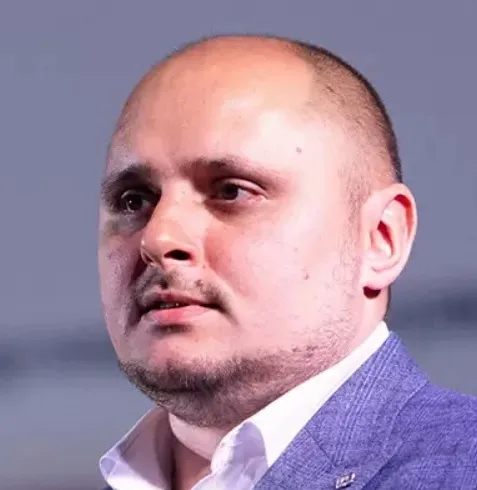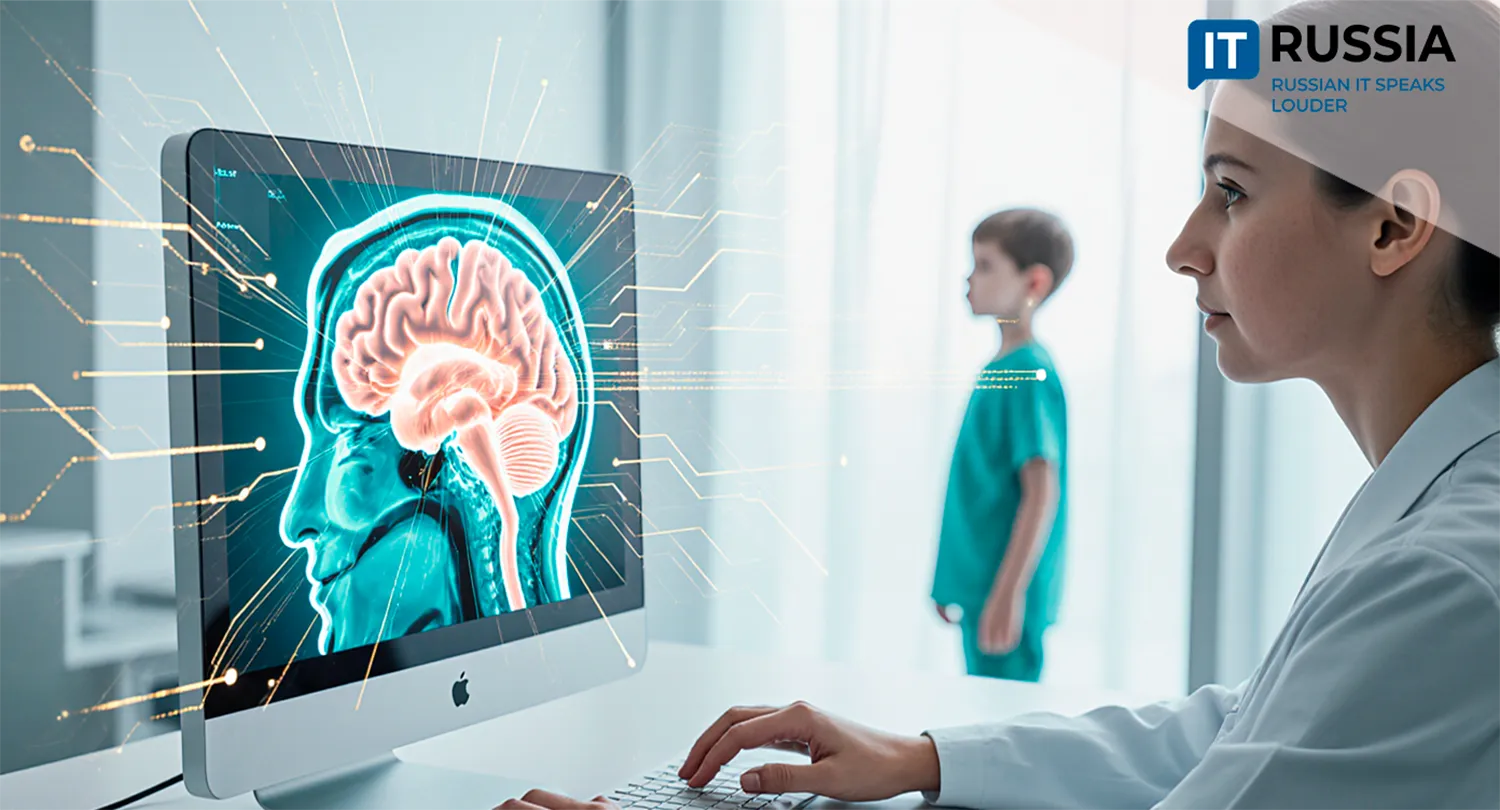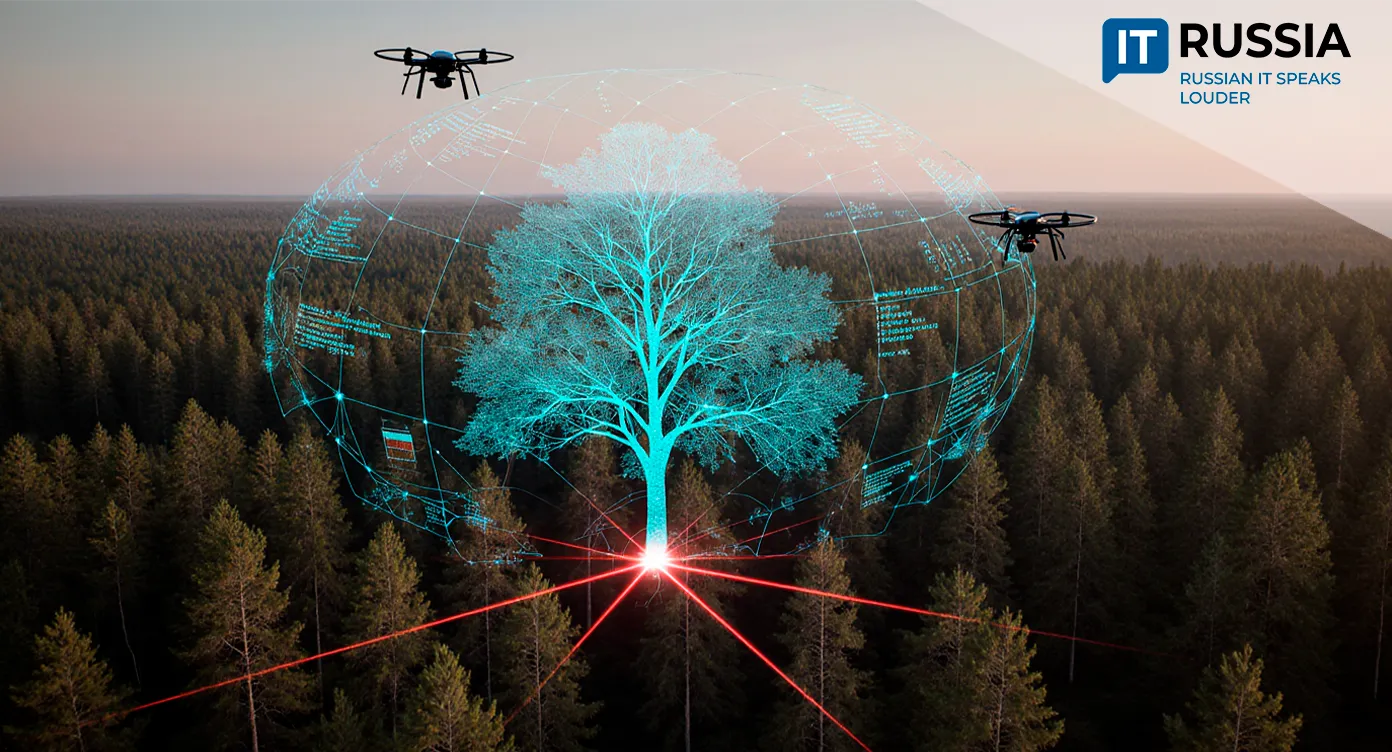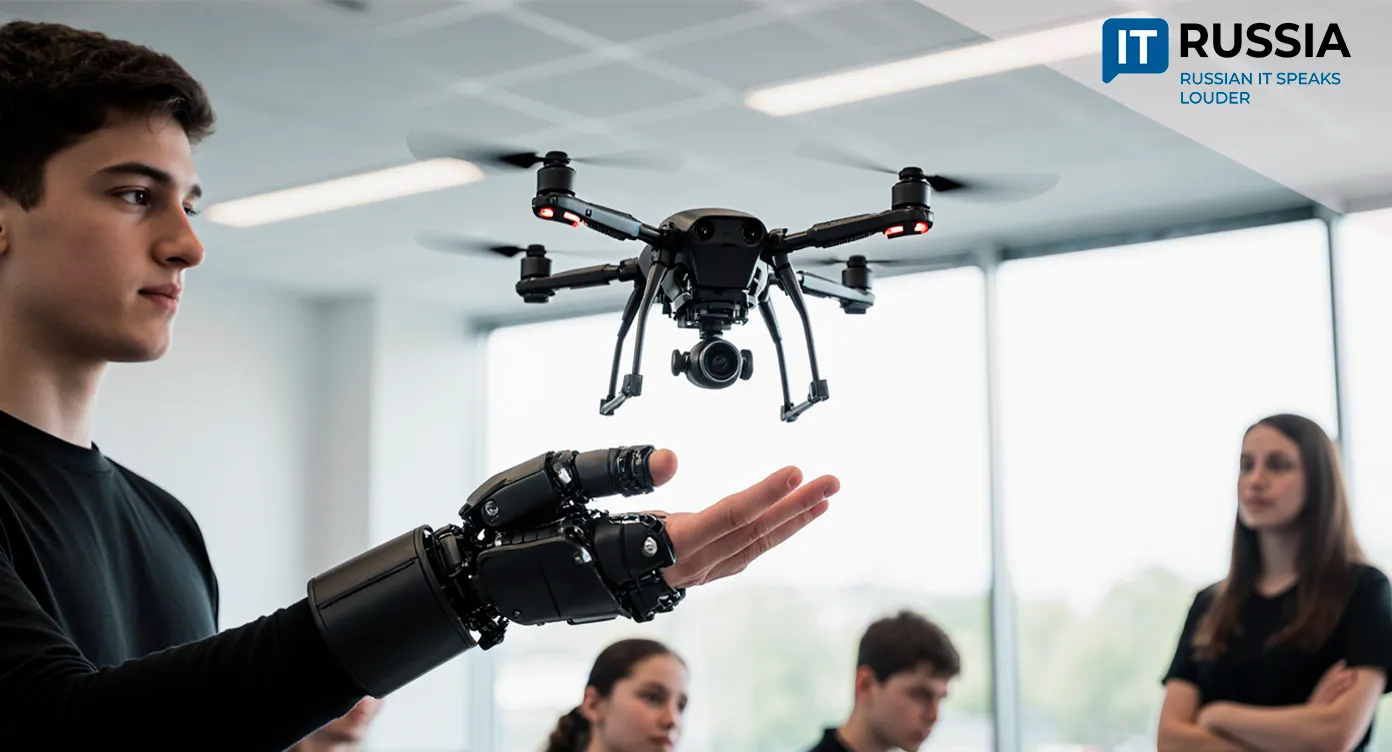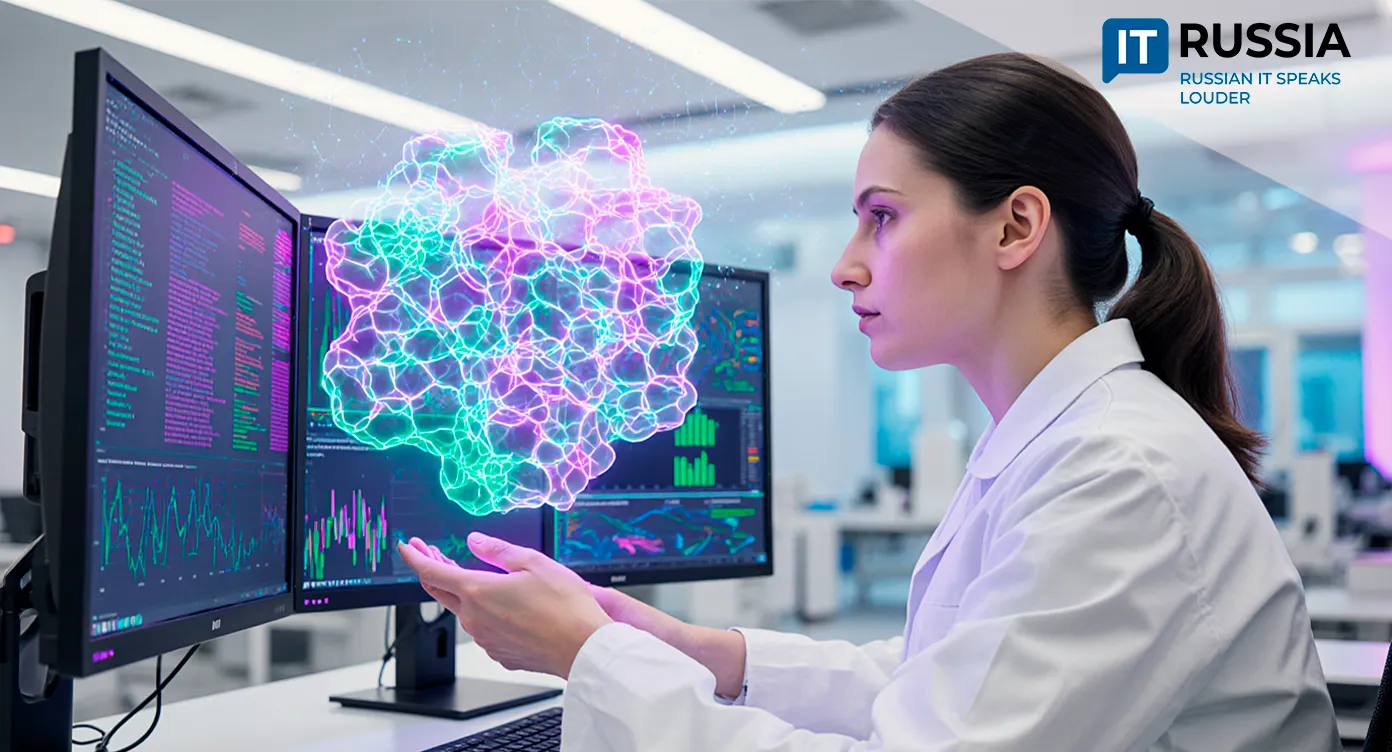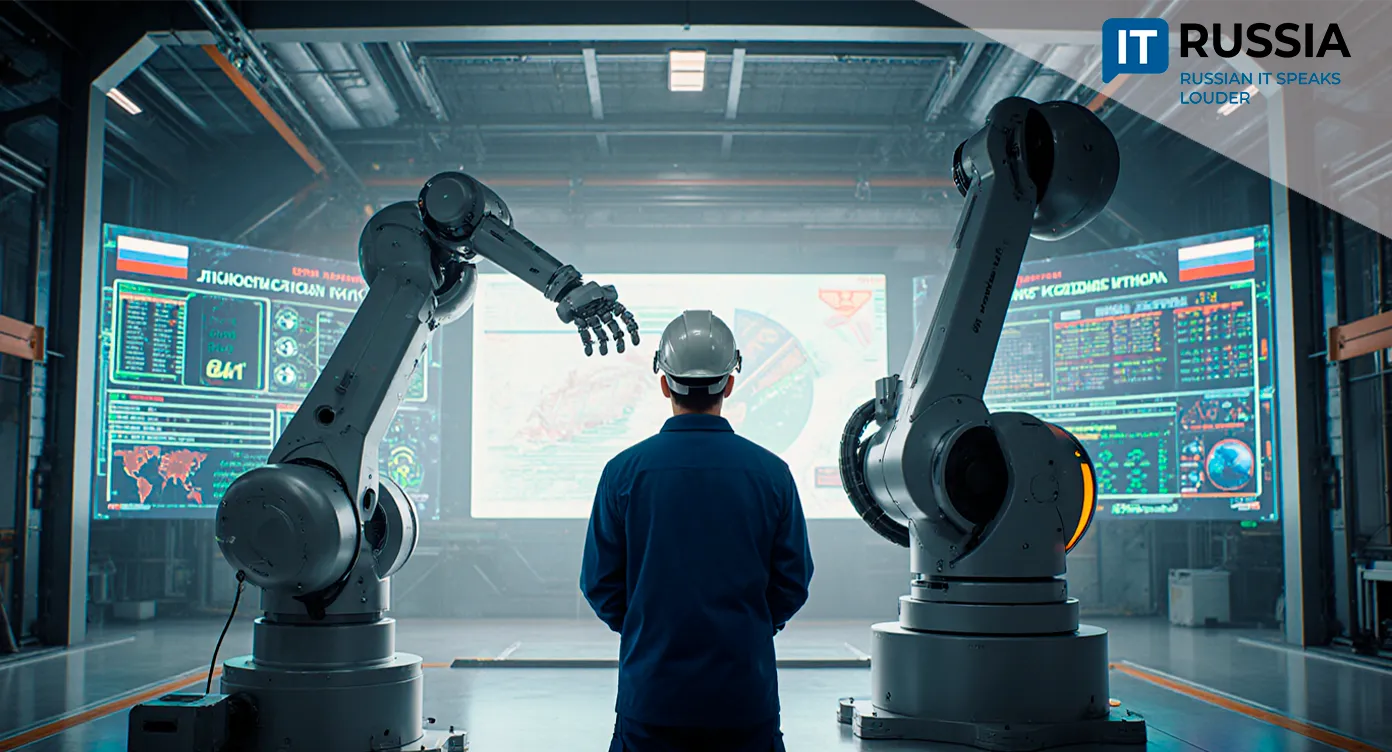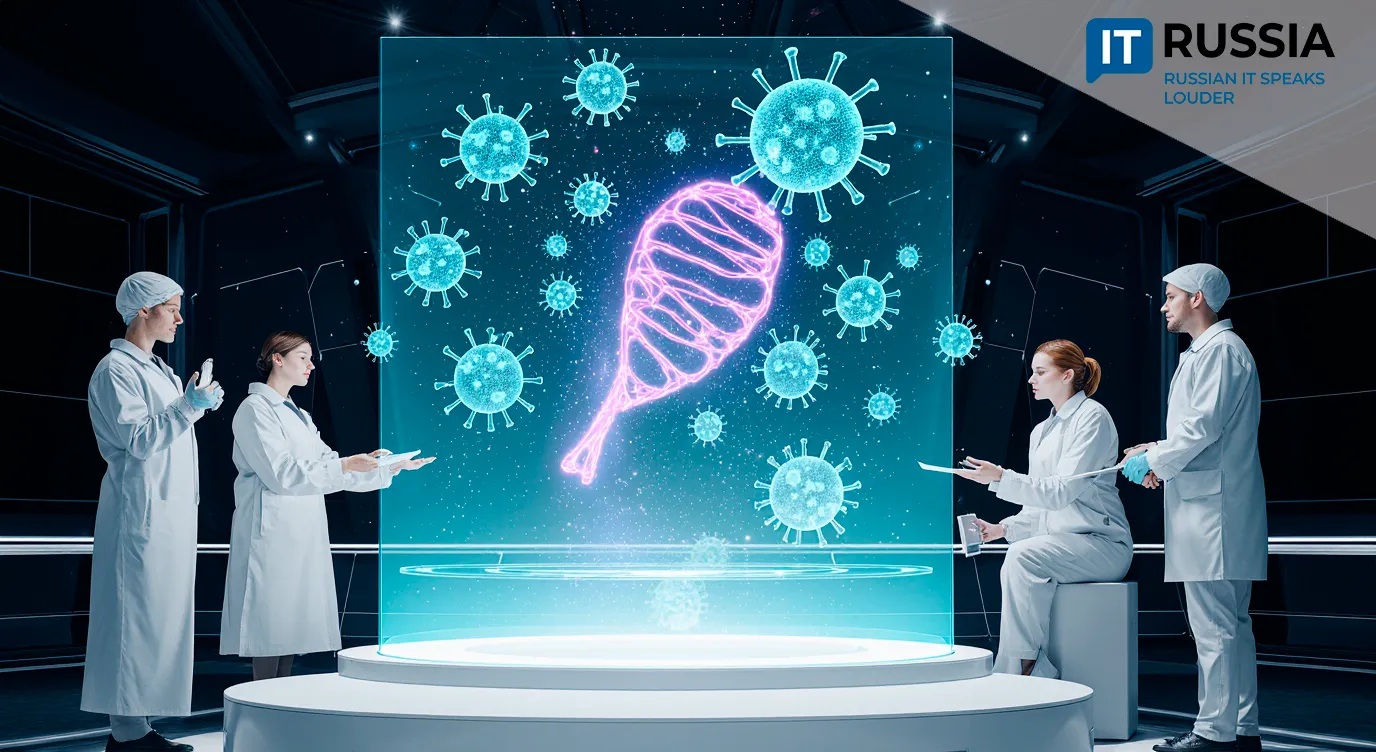How Copper Went Digital

Udokan Copper has introduced Russian-made digital systems, “Sovetchik” and “Maestro,” at the Udokan Mining and Metallurgical Plant (Udokan MMP), making operations more efficient, safer, and more predictable. For the first time in Russia’s mining and metallurgical industry, a system for real-time optimization of technological processes has been deployed.
An Industrial Revolution
For years, Russia’s mining and metallurgical sector was conservative toward innovation—a fact explained in part by the sheer scale of production, where any modernization comes with massive costs.
Udokan Copper has broken that tradition, becoming the first in Russia to implement a comprehensive real-time optimization system based on domestic platforms, Sovetchik and Maestro. This is the first enterprise in the country’s mining and metallurgy industry to fully implement real-time optimization of technological processes.
A Production Symphony
In the past, the operator—the “conductor” of this industrial orchestra—had to rely on skill, experience, and even intuition to manage hundreds of pieces of equipment. Today, Sovetchik and Maestro do the orchestration with data.

Sovetchik, an advanced process control system, analyzes hundreds of parameters every 15–30 seconds, suggesting optimal actions and, if necessary, autonomously adjusting equipment to maintain efficiency and safety. Manual interventions have dropped sharply, error probability has fallen, and product quality has become more consistent. To generate its recommendations, Sovetchik processes terabytes of data.
Maestro, the global dynamic optimization system, serves as the next link in the chain. It integrates Sovetchik’s insights and acts as the plant’s central dispatcher.
Together, these systems have reduced manual corrections in critical areas by more than 70%—delivering not just abstract efficiency but measurable savings worth millions and higher productivity across the plant.

Speaking the Language of AI
Training is the foundation of the plant’s digital transformation. Hardware and software alone are meaningless without skilled people. Udokan Copper’s success would not have been possible without retraining and upskilling staff—a vivid example of why investment in education is essential for any economy.
Digital twins and predictive analytics let workers simulate emergencies without risks on the shop floor. Training on such systems directly reduces accidents and injuries.
An operator trained to interpret Sovetchik’s data makes faster, more informed decisions. He becomes an engineer-analyst, multiplying his value to the enterprise.
Supporting such systems requires more than coders—it calls for specialists at the crossroads of disciplines: data scientists, cybernetic engineers, and Big Data analysts. This, in turn, drives demand for new curricula in universities and colleges, stimulating the entire educational pipeline.

Where the Digital Wind Blows
According to Russia’s Ministry of Digital Development, the share of IT solutions in industry is growing 15–20% annually. Still, projects as comprehensive as Udokan’s remain rare—but they set the direction. By late 2025, the two systems will be fully integrated and connected in a single digital dialogue, and by 2027, the platform is expected to be scaled to other enterprises.
Another notable factor: Udokan Copper achieved these results largely with its own resources. The project involved the plant’s automation and IT division, its chief technologist’s office, operators, and masters of the technology complex. Systems integrator Proptimize also contributed by developing the software platform.
It is only a matter of time before IT becomes the DNA of industrial processes—and Russian enterprises are positioning themselves not as followers, but as leaders.


